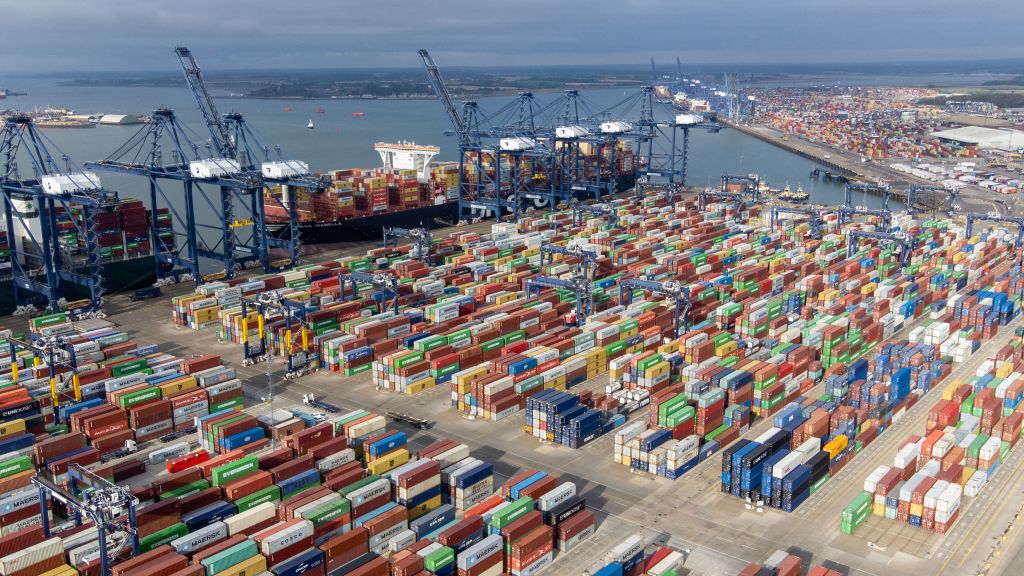Trump’s Tariff Strategy: A Dangerous Gamble
For Donald Trump, tariffs appear to be the go-to solution for every international trade challenge. Displaying a disregard for the complexities of cross-border relations, the former president has indicated a willingness to impose a 25 percent tax on all imports from Mexico and Canada unless these nations actively reduce the influx of fentanyl and undocumented migrants into the United States.
This isn’t the first time Trump has wielded tariffs as a negotiating tool for goals beyond mere economics. Back in May 2019, he threatened a 5 percent import tariff on Mexico, potentially rising to 25 percent, unless Mexico took stronger measures to control illegal immigration. However, those tariffs did not materialize; instead, the US and Mexico engaged in talks that enhanced the “Remain in Mexico” policy for asylum seekers while Mexico deployed additional troops to its own southern border with Guatemala.
Supporters of Trump may argue that these threats yield results, but the reality is subject to debate. Reports from that time indicated that the agreement was largely an acceleration of pre-existing plans rather than a direct result of Trump’s intimidation tactics. If tariffs could effectively resolve immigration issues, the world would not be facing current, more costly threats. Smugglers are adept at finding loopholes.
Given their previous negotiations on trade and immigration during Trump’s first term, Mexico and Canada may perceive the new tariff demands as a breach of trust, viewing any forthcoming agreements as unreliable. This perception raises the risk of actual tariff implementation, although a minimal agreement allowing Trump to declare victory or tariffs with significant exemptions remains the most likely scenario.
Implementing broad tariffs on all goods from Mexico and Canada would be catastrophic and might effectively dismantle the US-Mexico-Canada Agreement (USMCA), which is Trump’s own revision of the North American Free Trade Agreement (NAFTA). Despite its flaws, the US imports substantial amounts from both countries, with purchases from Mexico totaling $448 billion and those from Canada at $430 billion in 2023, accounting for 24 percent of all US imports. The interconnected nature of industrial supply chains across these nations makes even a modest increase in tariffs extremely detrimental.
Primarily, American consumers would face significant food price increases, as Mexico and Canada supply a staggering 89 percent of the country’s imported fresh vegetables and 53 percent of its fruit imports. Staples like tomatoes, avocados, berries, and peppers could soon become luxury items, exacerbating the financial strain on households already grappling with persistent inflation.
Furthermore, these tariffs would disrupt supply chains, impacting not only finished products but also crucial raw materials and production components. The US imports $105 billion worth of minerals and cement, $28 billion in lumber, $33 billion in metals, and a significant portion of its oil from Canada alone. Imposing tariffs on these essentials would elevate construction and manufacturing costs, resulting in a detrimental supply shock.
Sectors such as automotive and aerospace would suffer greatly due to the complexities of cross-border component movement, which would accumulate tariffs at various stages. Manufacturers relying on Mexican components for electronics would see producer costs soar, while the medical device industry would be burdened with increased expenses.
Moreover, retaliation from Mexico is a tangible risk. President Claudia Sheinbaum has emphasized that current policies have reportedly reduced US border crossings by 75 percent and have contributed to significant fentanyl seizures. She warns that new tariffs would lead to counteractions that would negatively impact US exporters.
Given the foreseeable economic repercussions, the credibility of Trump’s tariff threats is questionable. While the immediate financial burdens may seem far-fetched, the existing uncertainty surrounding these threats can disrupt business plans, leading to reduced investment and a shift to costlier sourcing options.
The paradox lies in the notion that if Mexico and Canada come to view these tariffs as excessively punitive, their willingness to negotiate with Trump on drug trafficking and migration issues may diminish, prompting even more severe threats in the future. While financial markets have largely dismissed Trump’s strategy so far, a single miscalculation could trigger a damaging trade conflict. Ultimately, economic self-sabotage disguised as diplomatic effort serves no one’s interests.
Ryan Bourne is an economist at the Cato Institute and author of the book The War On Prices.






